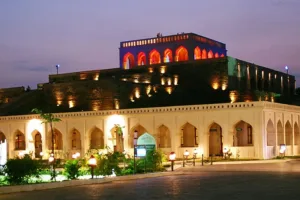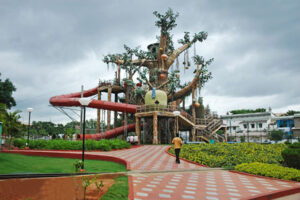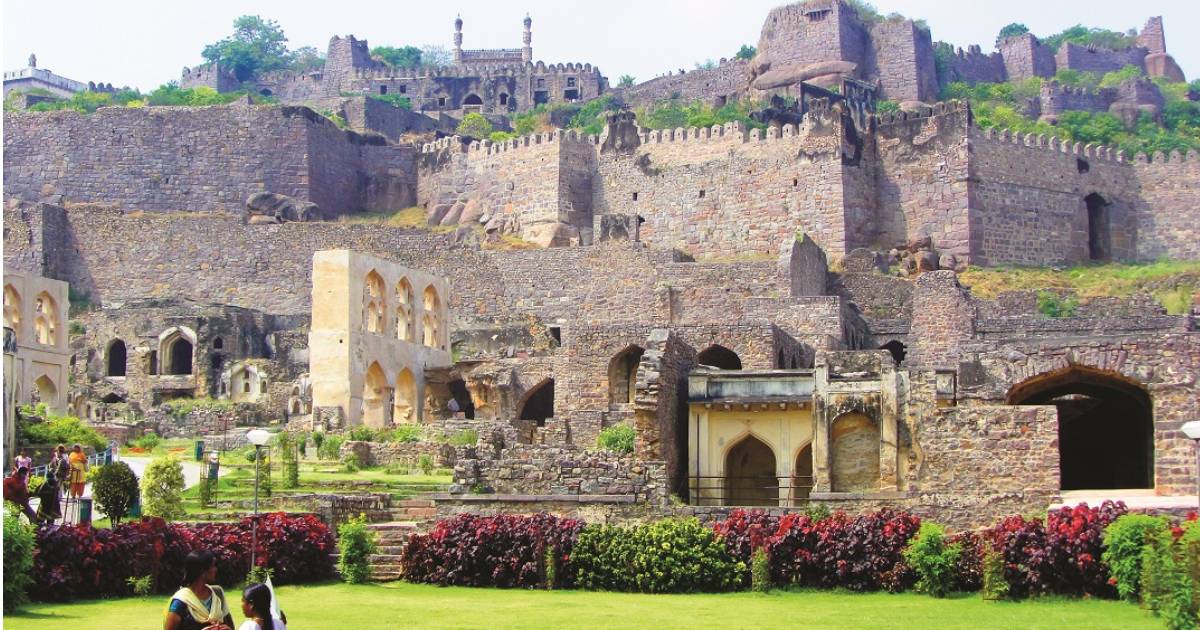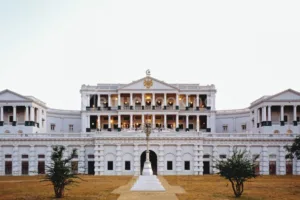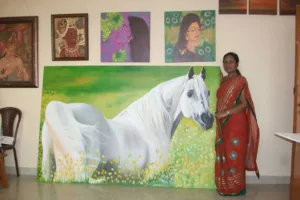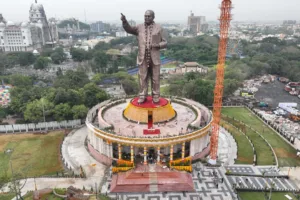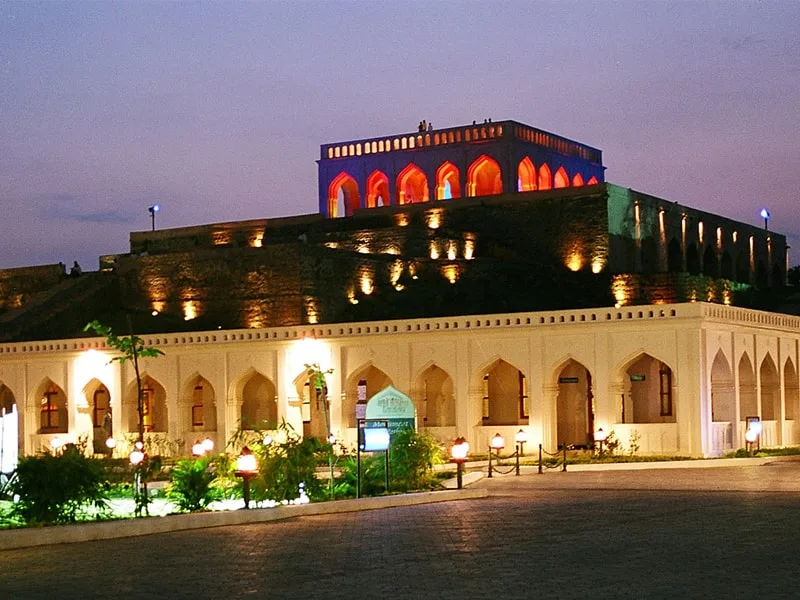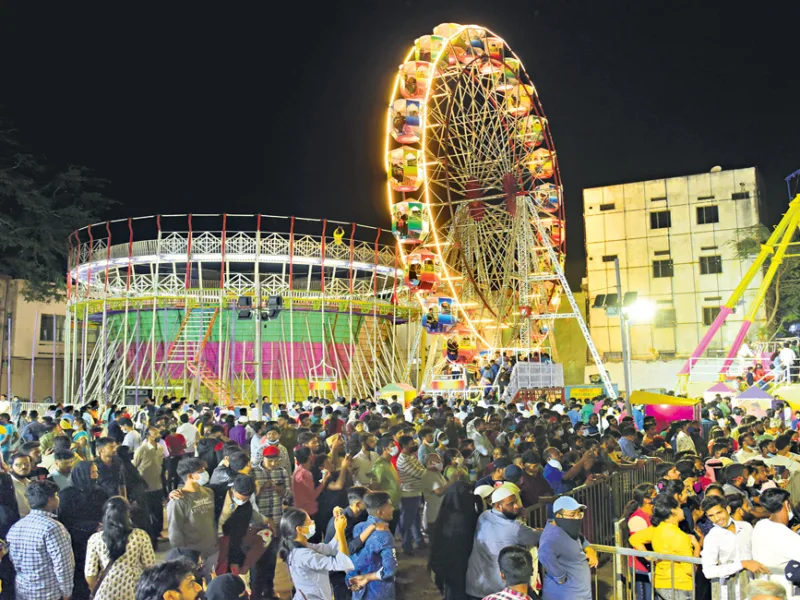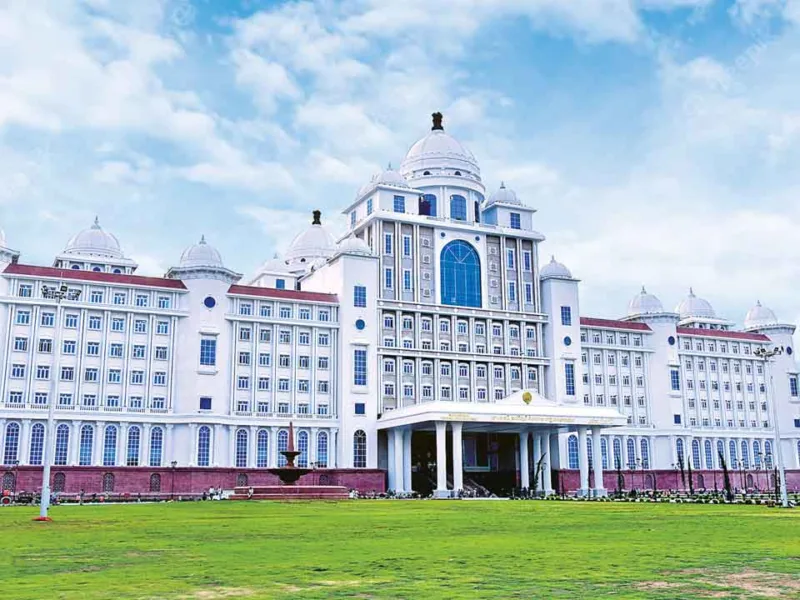India Tourist Destinations
India, a country steeped in rich history and diverse cultures, boasts a plethora of tourist destinations that cater to every kind of traveler. From the snow-capped peaks of the Himalayas in the north to the sun-kissed beaches of the south, India is a land of contrasts and surprises. In this comprehensive guide, we will explore the tourist attractions of North India, South India, West India, East India, North East India, and Central India, offering a glimpse into the vibrant tapestry that is India.
North India:
North India, with its majestic landscapes and historical wonders, is a magnet for history enthusiasts and nature lovers alike. The iconic Taj Mahal in Agra, a UNESCO World Heritage Site, stands as a testament to eternal love. The bustling capital, Delhi, is a mix of ancient and modern, with historical sites like the Red Fort and Qutub Minar blending seamlessly with contemporary structures. The state of Rajasthan, known for its palaces and forts, transports visitors to a bygone era. Jaipur, the Pink City, and Udaipur, the City of Lakes, are must-visit destinations.
For those seeking spiritual solace, Varanasi on the banks of the Ganges is a city of profound religious significance. The Himalayan region offers a haven for adventure seekers, with destinations like Manali and Shimla providing a perfect blend of scenic beauty and adrenaline-pumping activities.
South India:
The southern part of India is a treasure trove of natural wonders, cultural richness, and architectural marvels. Kerala, often referred to as “God’s Own Country,” is known for its backwaters, lush greenery, and Ayurvedic traditions. The temple city of Madurai, the coastal town of Pondicherry, and the tech hub of Bangalore contribute to the diverse experiences that South India has to offer.
The architectural splendor of Hampi in Karnataka, the serene beaches of Goa, and the wildlife sanctuaries of Kerala make South India a multifaceted destination. The cuisine of South India, with its diverse flavors and unique preparations like dosa and idli, is a culinary delight for food enthusiasts.
West India:
The western part of India, with its mix of modernity and tradition, offers a kaleidoscope of experiences. Mumbai, the financial capital, is a city that never sleeps, known for its bustling markets, iconic landmarks like Gateway of India, and the vibrant Bollywood film industry. The state of Gujarat, birthplace of Mahatma Gandhi, boasts the historic city of Ahmedabad and the picturesque Rann of Kutch.
The state of Maharashtra is home to the vibrant city of Pune and the UNESCO-listed Ajanta and Ellora Caves, showcasing ancient rock-cut architecture. The beaches of Goa, with their lively atmosphere and water sports, draw visitors from around the globe. West India is also known for its delectable street food, with dishes like pav bhaji and vada pav tickling the taste buds of food lovers.
East India:
East India, with its diverse landscapes, rich cultural heritage, and vibrant festivals, is a hidden gem waiting to be explored. Kolkata, the cultural capital, is known for its artistic fervor, historic monuments, and the grand Durga Puja celebrations. The Sundarbans, a UNESCO World Heritage Site, is the largest mangrove forest in the world and a haven for wildlife enthusiasts.
The state of Odisha is home to the Konark Sun Temple and the Jagannath Puri Temple, both architectural marvels. The hill stations of Darjeeling and Gangtok, nestled in the Eastern Himalayas, offer breathtaking views and a respite from the summer heat. East India’s cuisine, with its emphasis on fish and rice, provides a unique gastronomic experience.
North East India:
The enchanting landscapes of North East India, with its rolling hills, tea gardens, and diverse tribal cultures, make it a captivating destination. Assam, known for its tea plantations, is a paradise for nature lovers. The Kaziranga National Park, home to the one-horned rhinoceros, is a UNESCO World Heritage Site.
The states of Meghalaya, Nagaland, and Manipur offer a glimpse into the tribal way of life, with their traditional festivals and handicrafts. The scenic beauty of Sikkim, with the majestic Kanchenjunga as a backdrop, is a trekker’s delight. The vibrant markets of Imphal and the tranquil beauty of Mizoram add to the charm of North East India.
Central India:
Central India, with its historical landmarks and rich cultural heritage, provides a journey back in time. The state of Madhya Pradesh is home to the Khajuraho Group of Monuments, known for their intricate carvings depicting human passions. The city of Bhopal, with its lakes and mosques, is a blend of tradition and modernity.
The ancient city of Ujjain, one of the holiest in Hinduism, attracts pilgrims during the Kumbh Mela. Gwalior, with its majestic fort, is a city of historical significance. Central India is also known for its national parks, including Bandhavgarh and Kanha, where visitors can spot the elusive Bengal tiger.
In conclusion, India’s diverse regions offer a tapestry of experiences for every kind of traveler. From the snow-capped peaks of the Himalayas to the sun-soaked beaches of Goa, from the bustling markets of Mumbai to the serene backwaters of Kerala, India is a land of contrasts and surprises, waiting to be explored and cherished.
Regions In India
Most Searched Keywords
India Tourist Destinations
Best Tourist States in India
Best Places to Visit in India with Friends
Beautiful Places to Visit in India
Best Places to Visit in India with Family
Tourist Places to Visit in India

